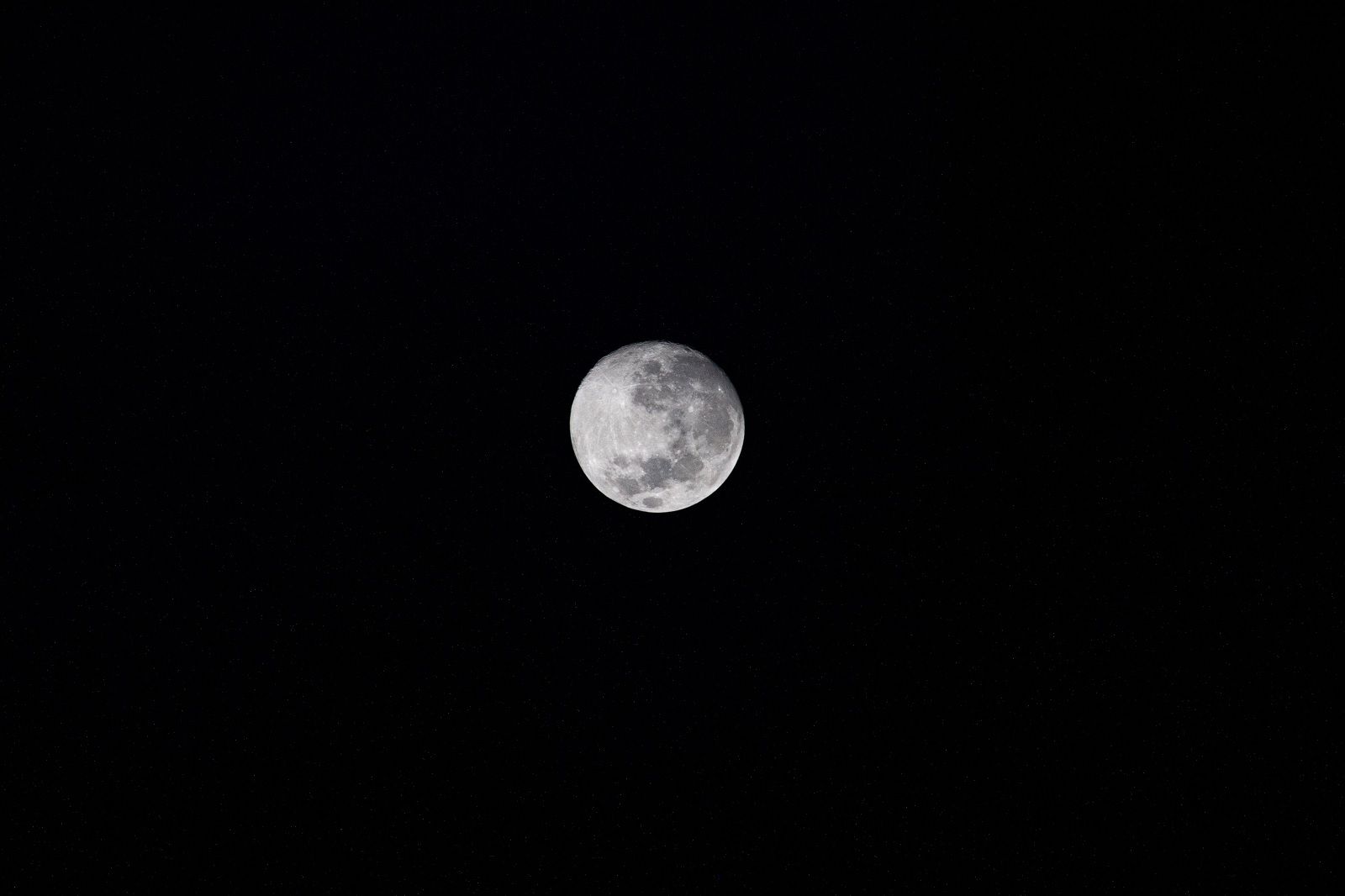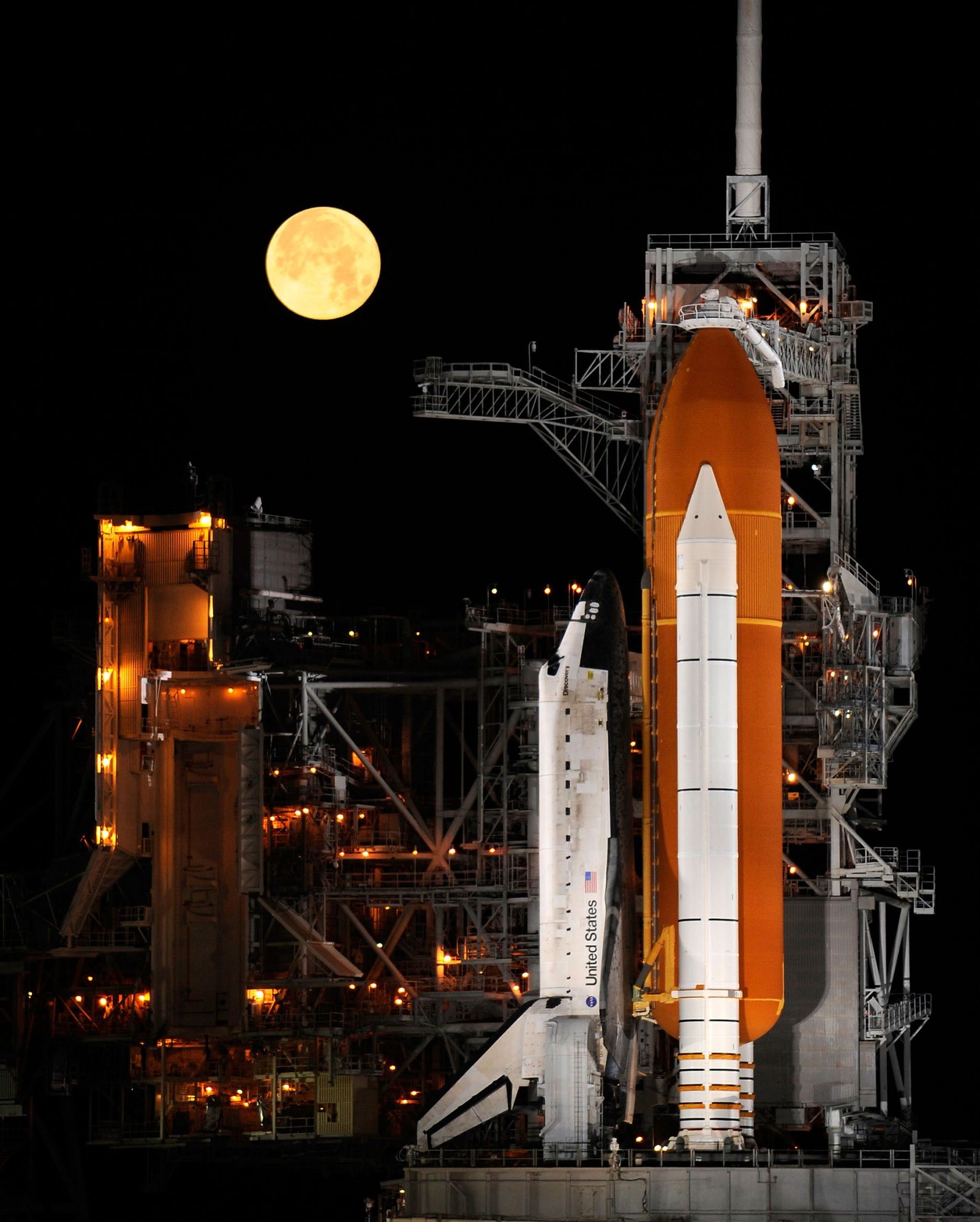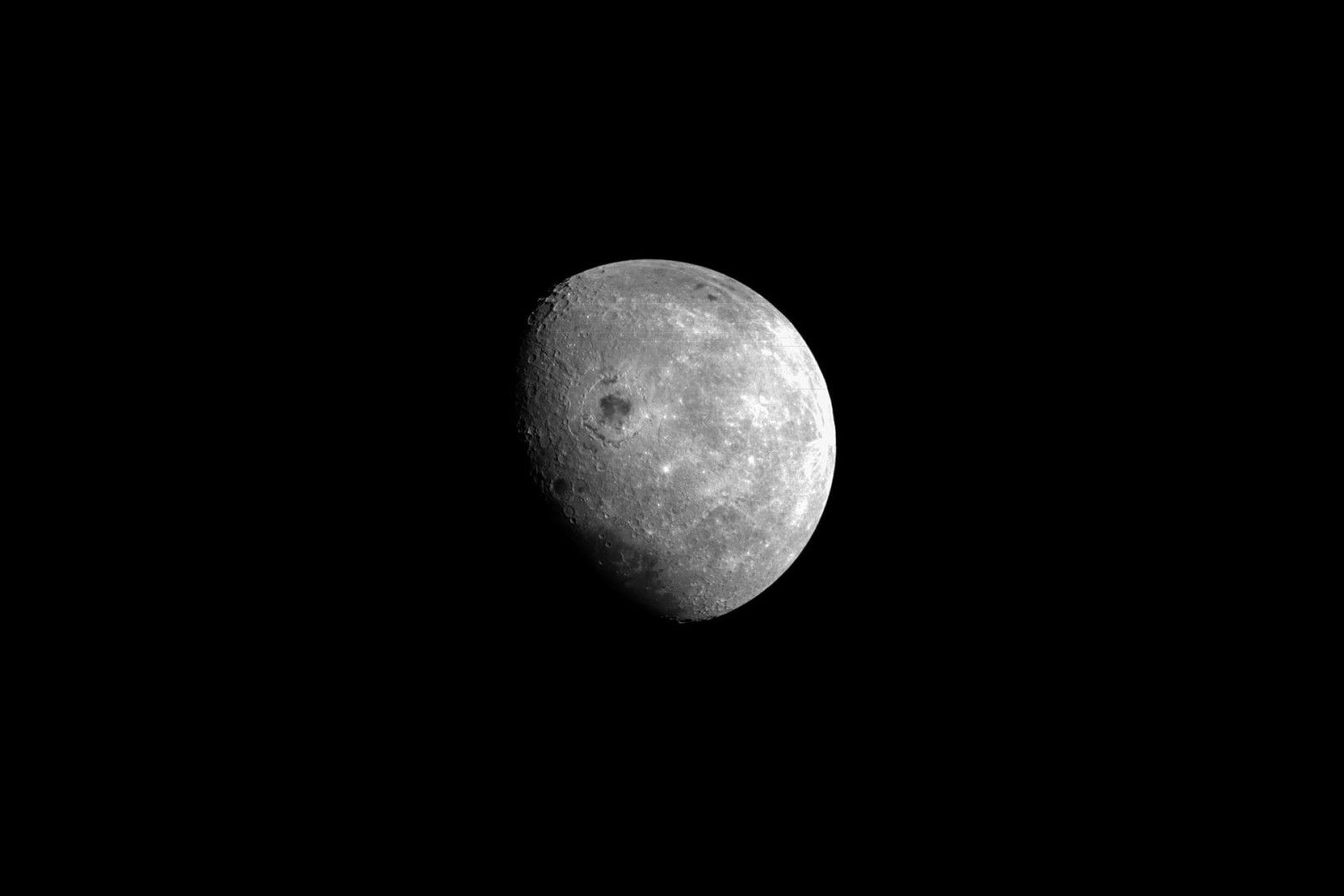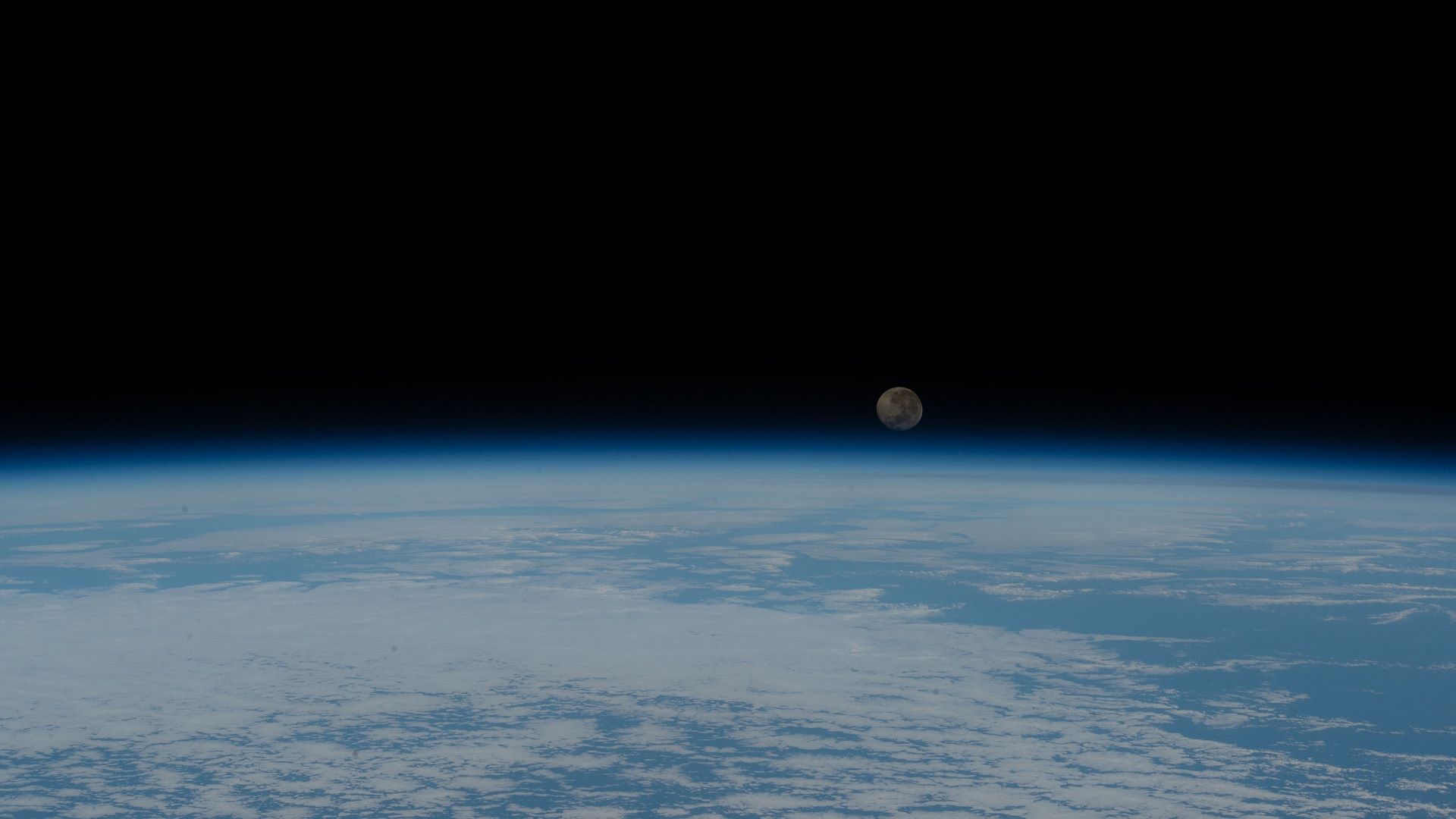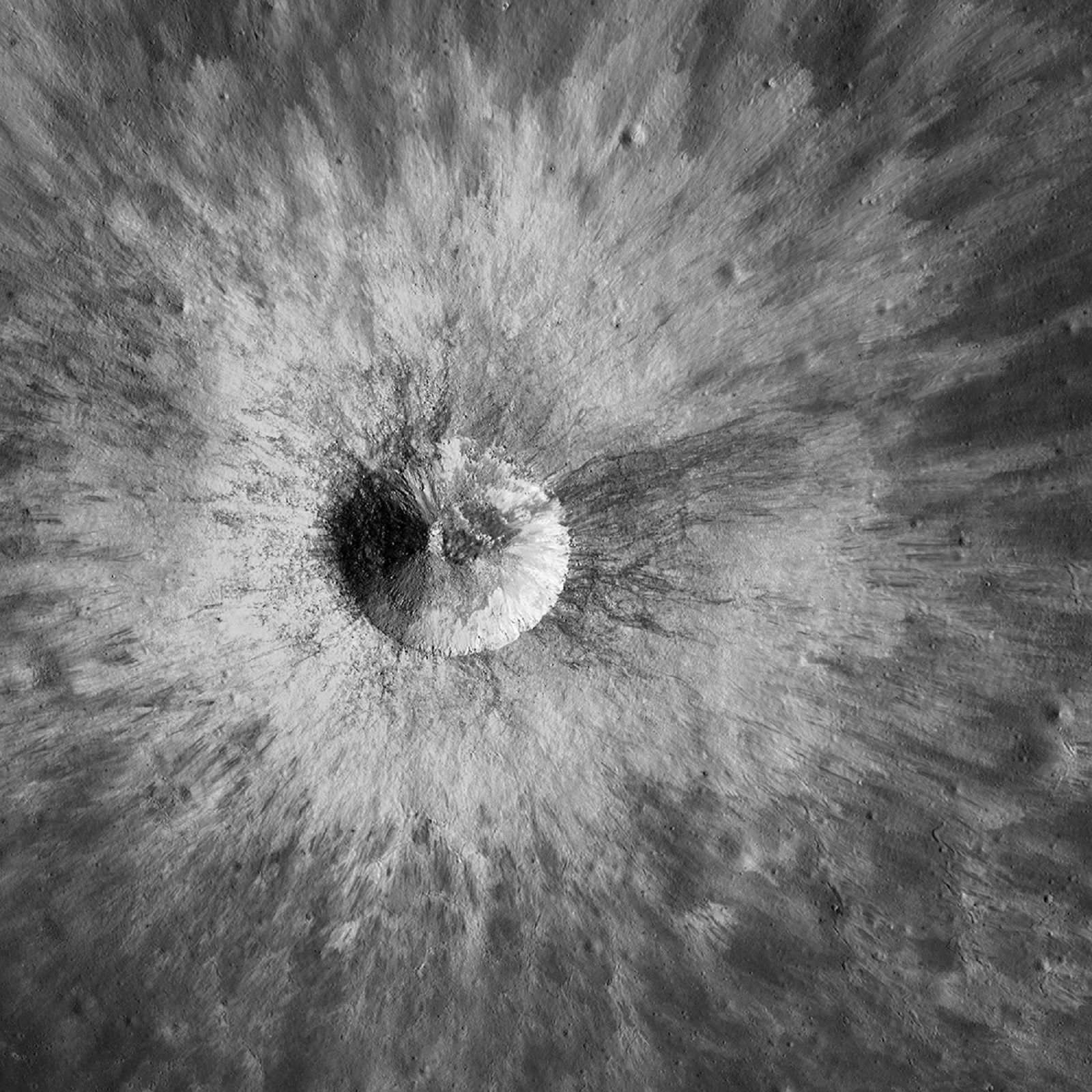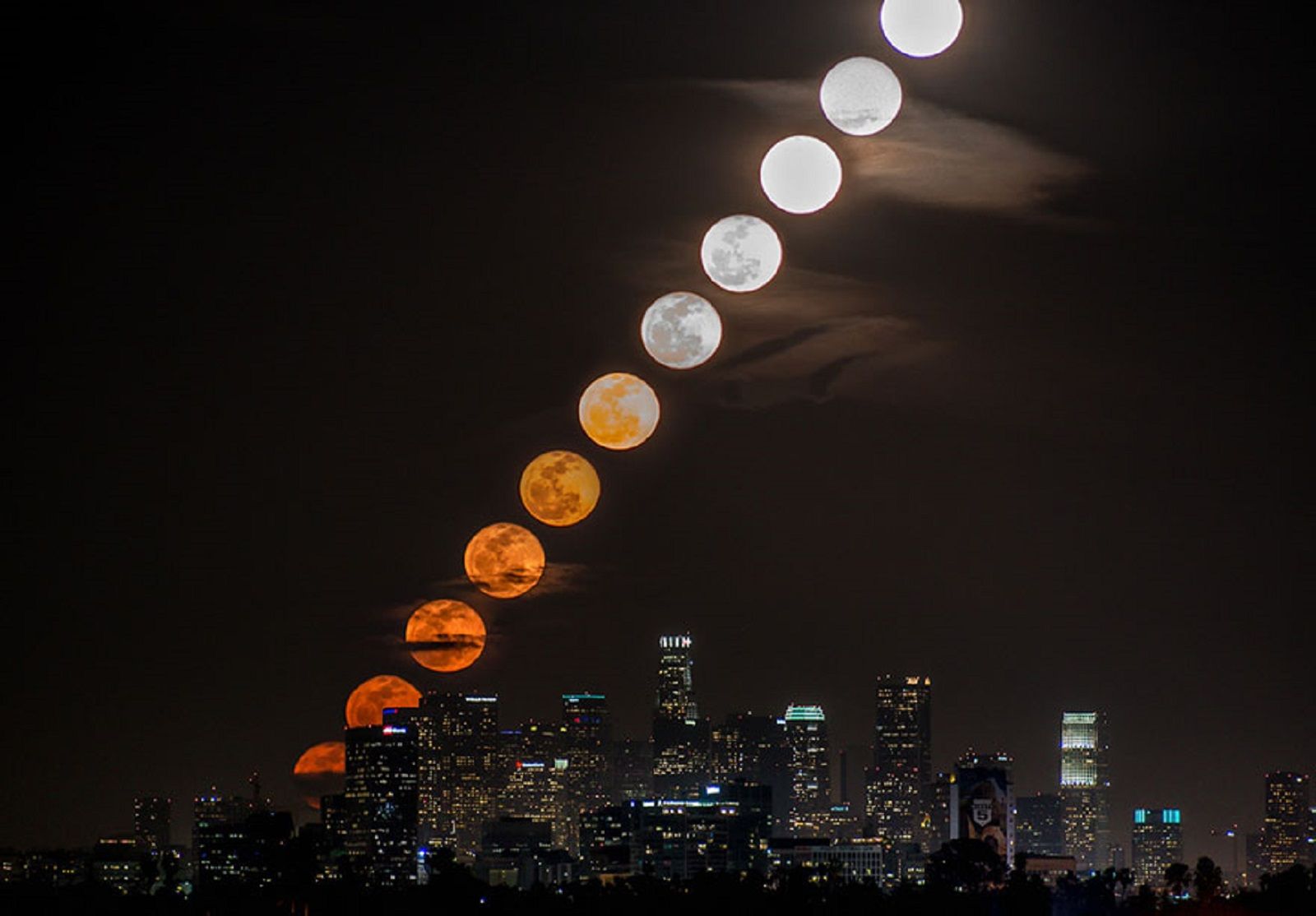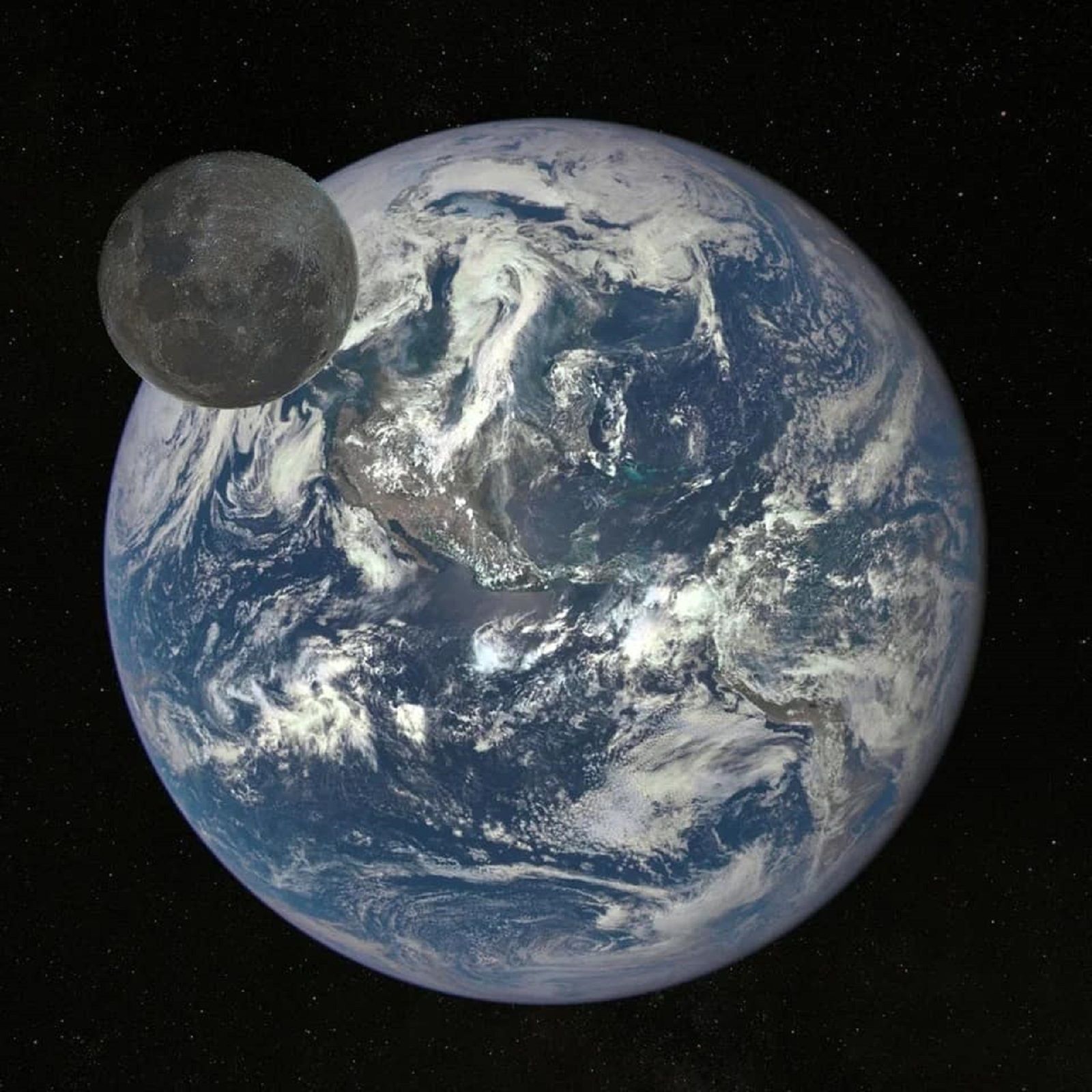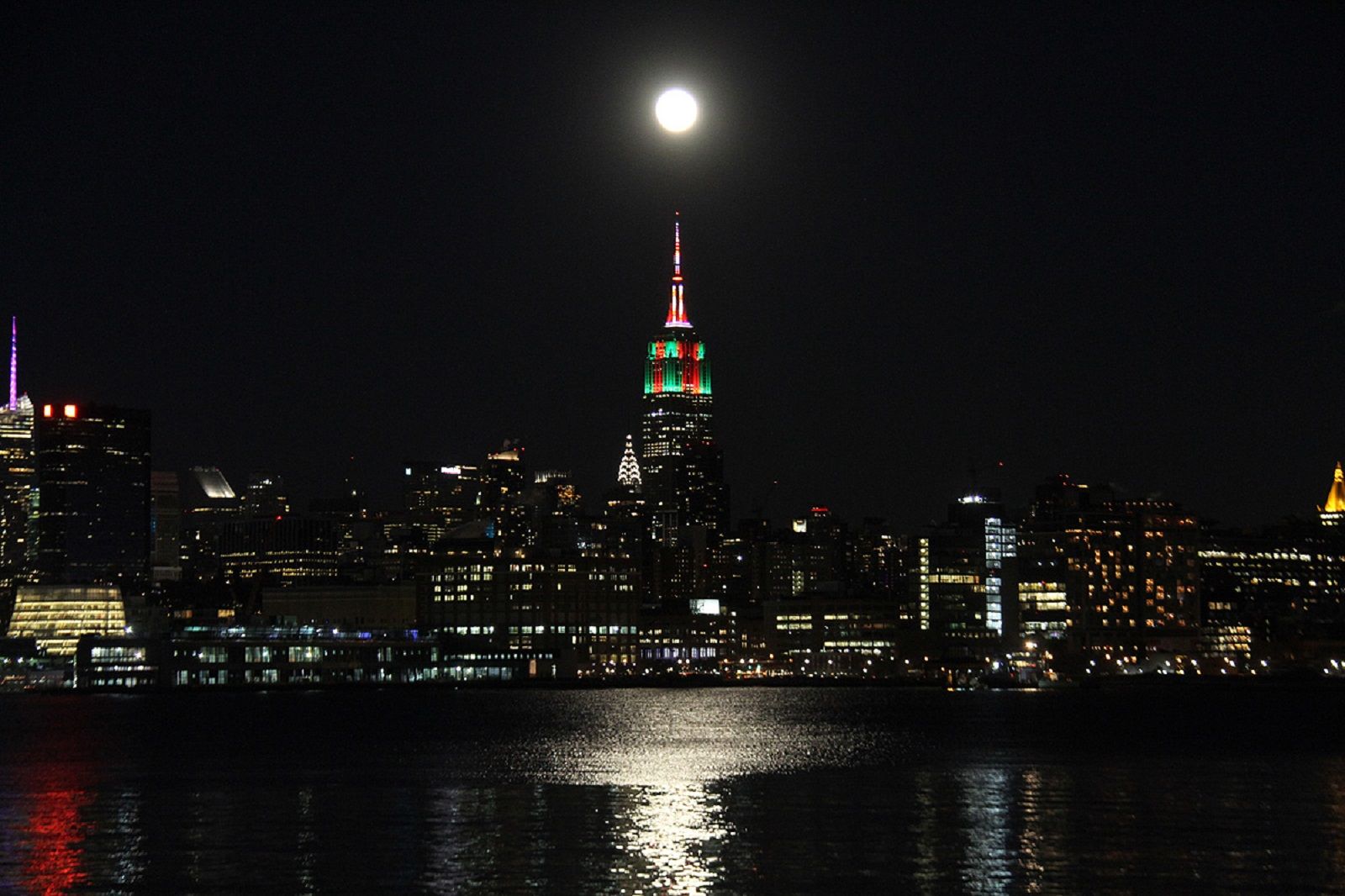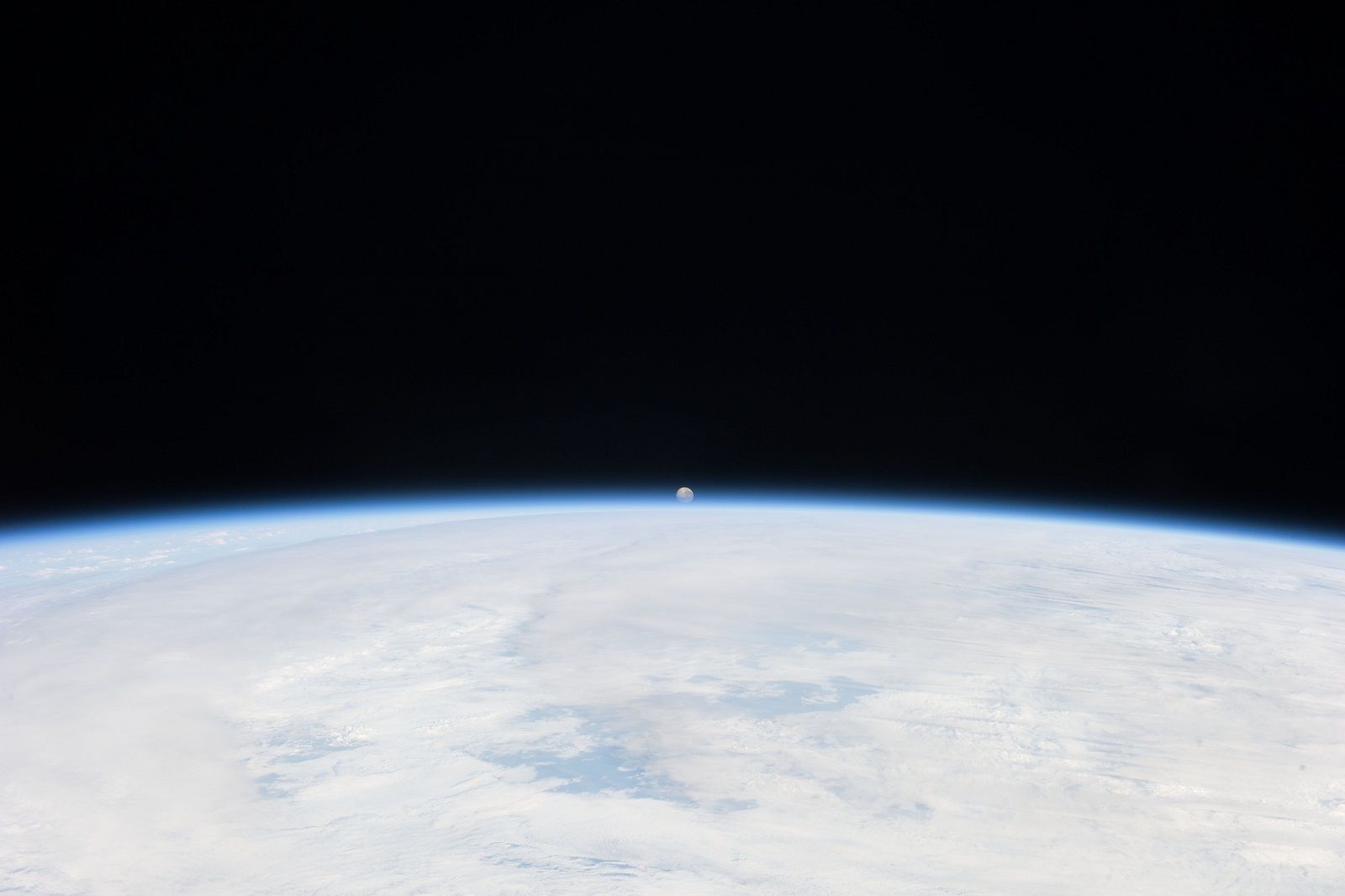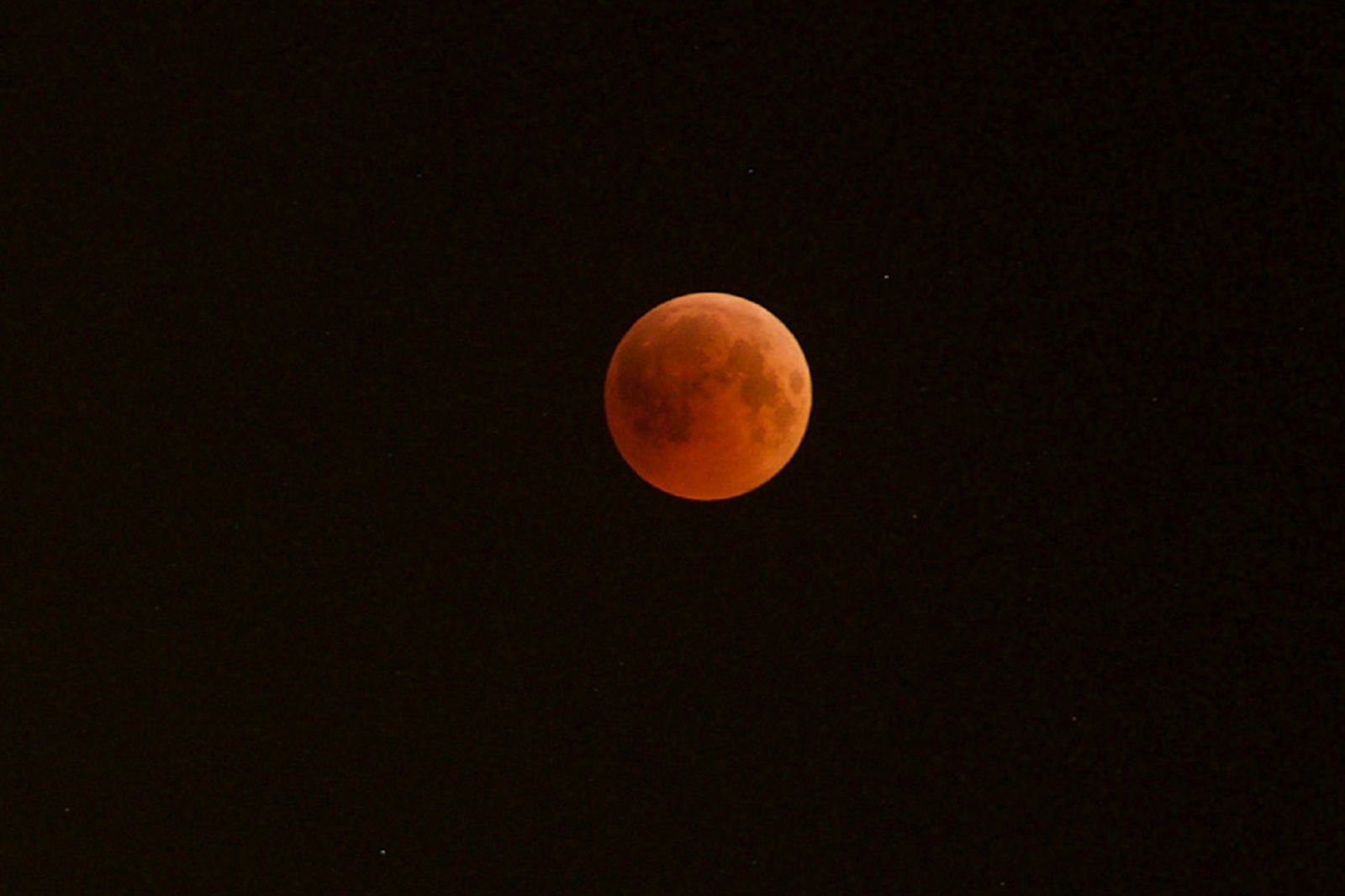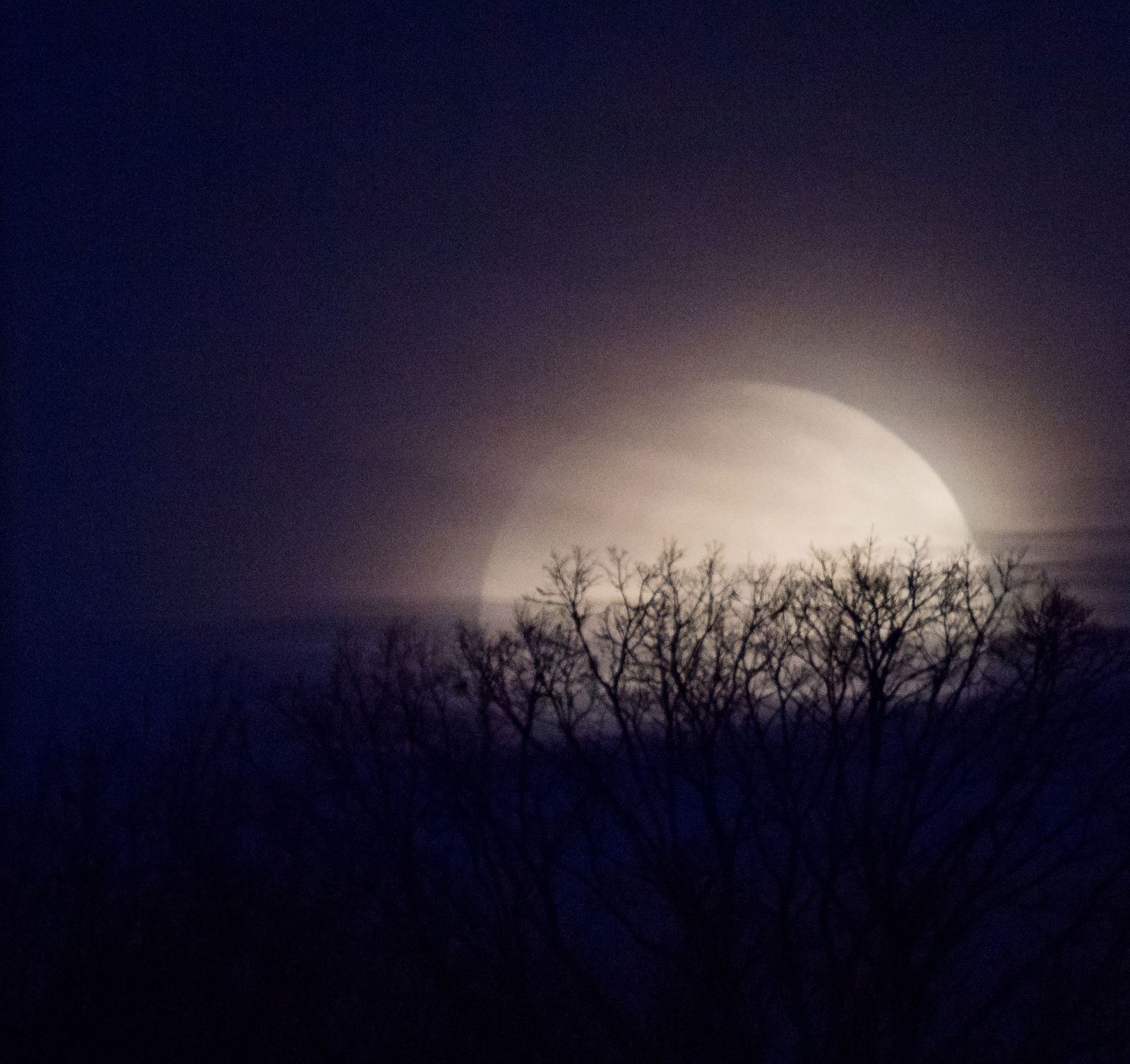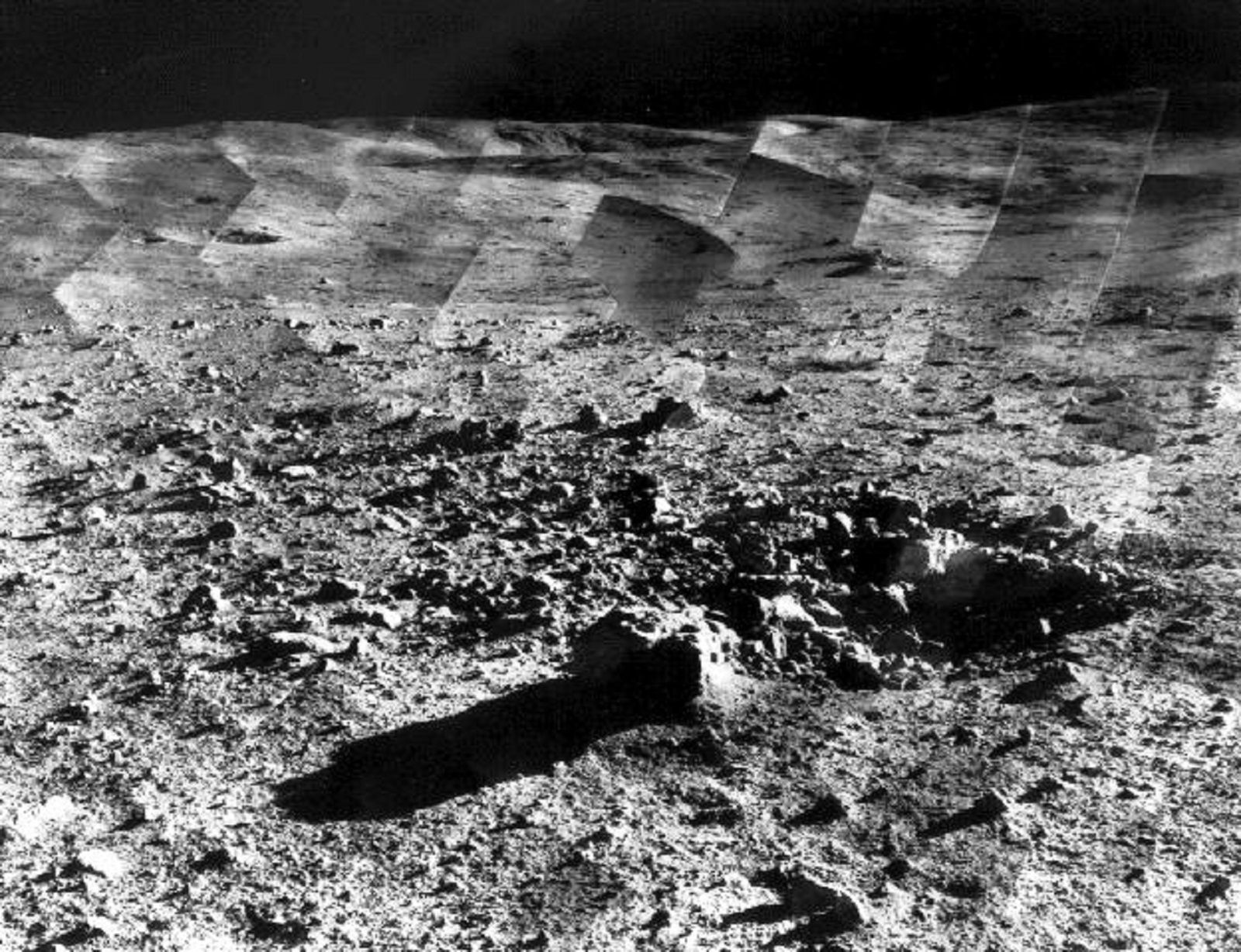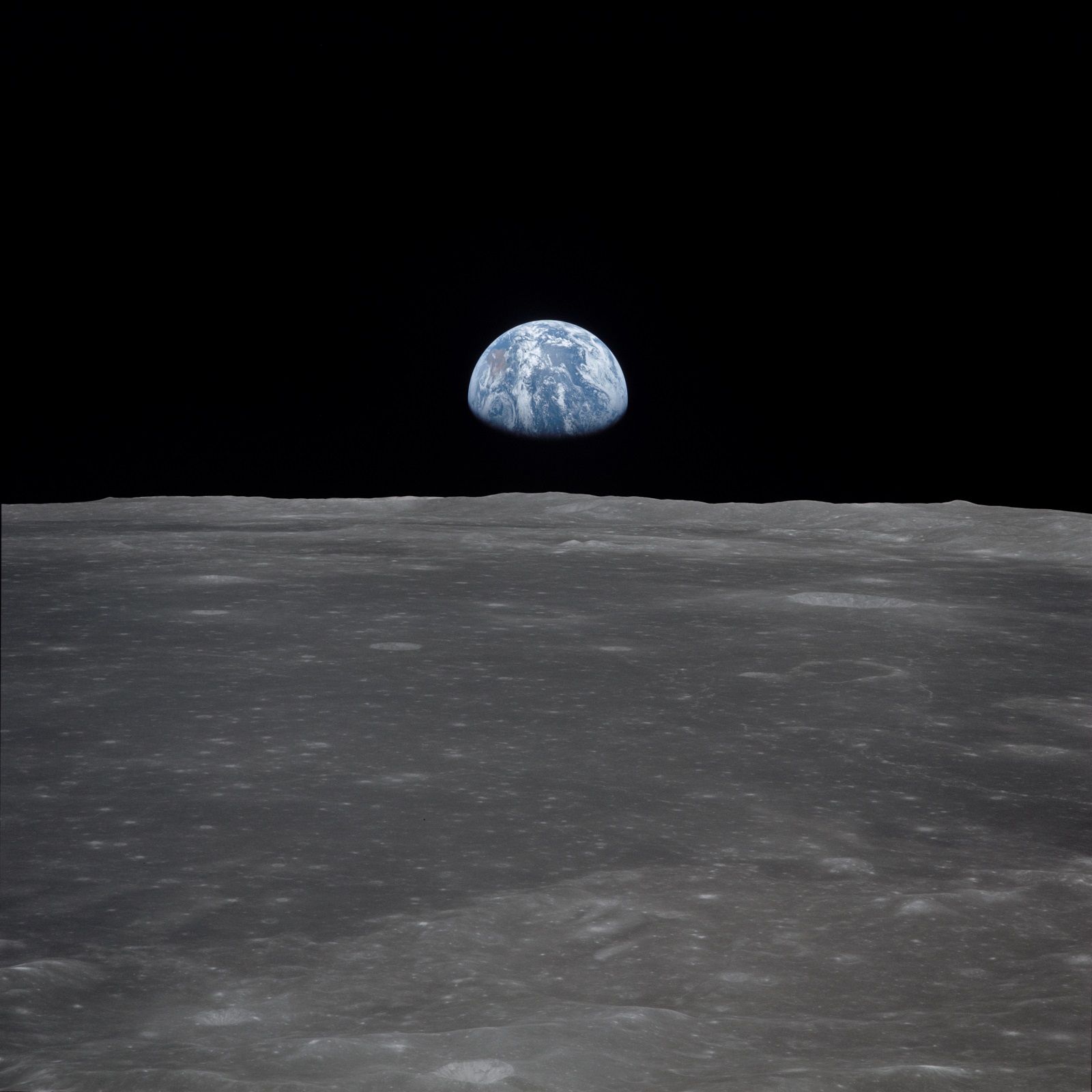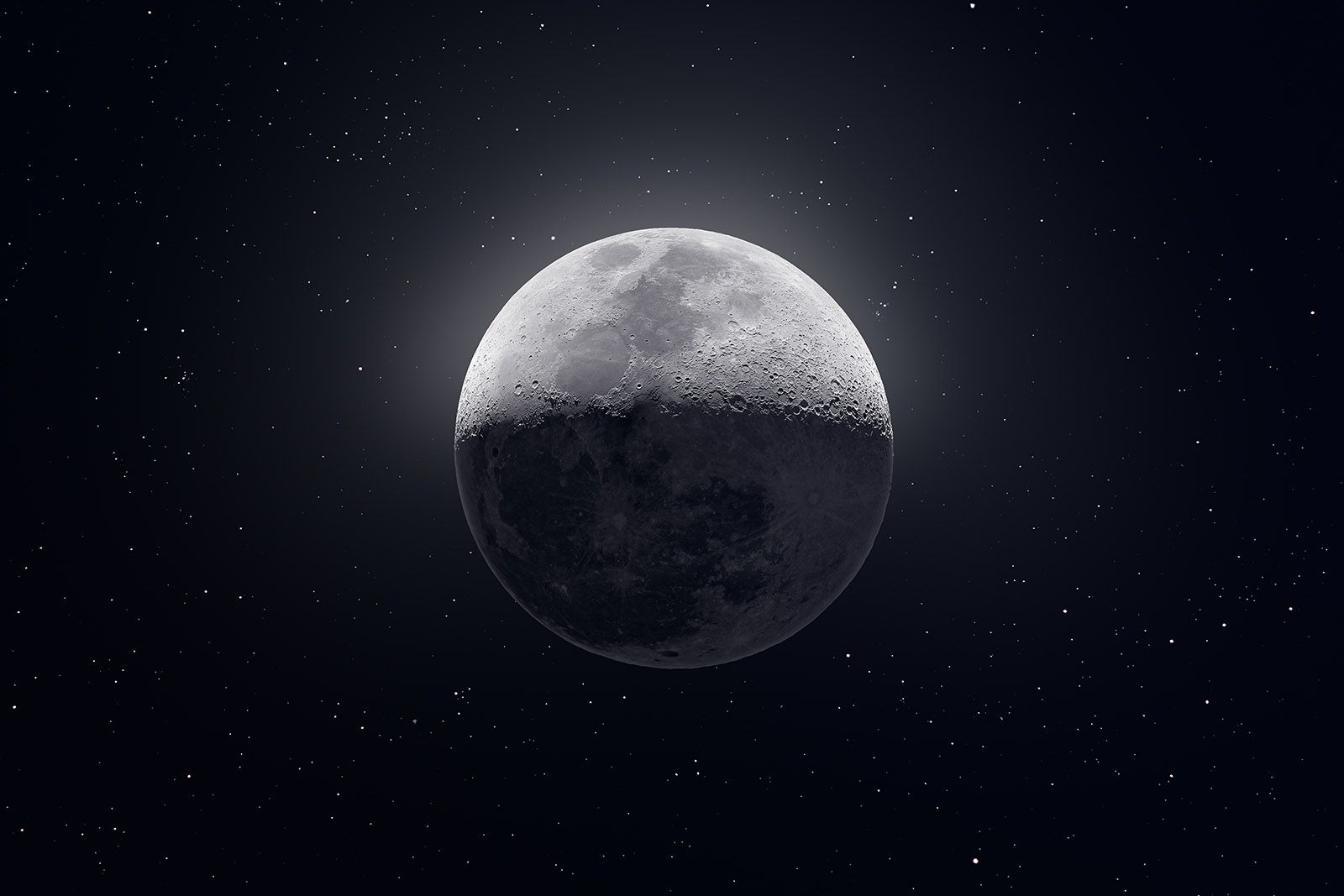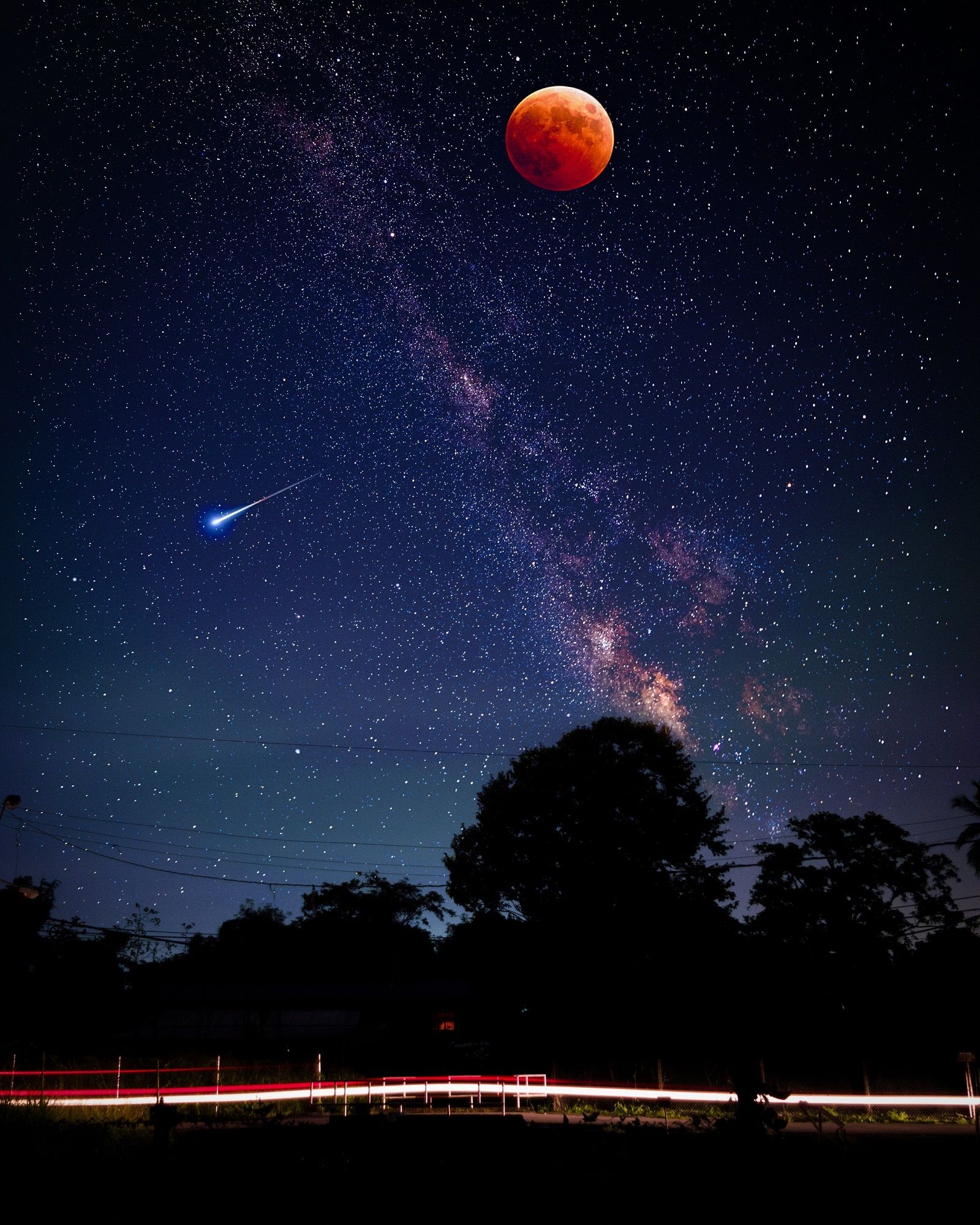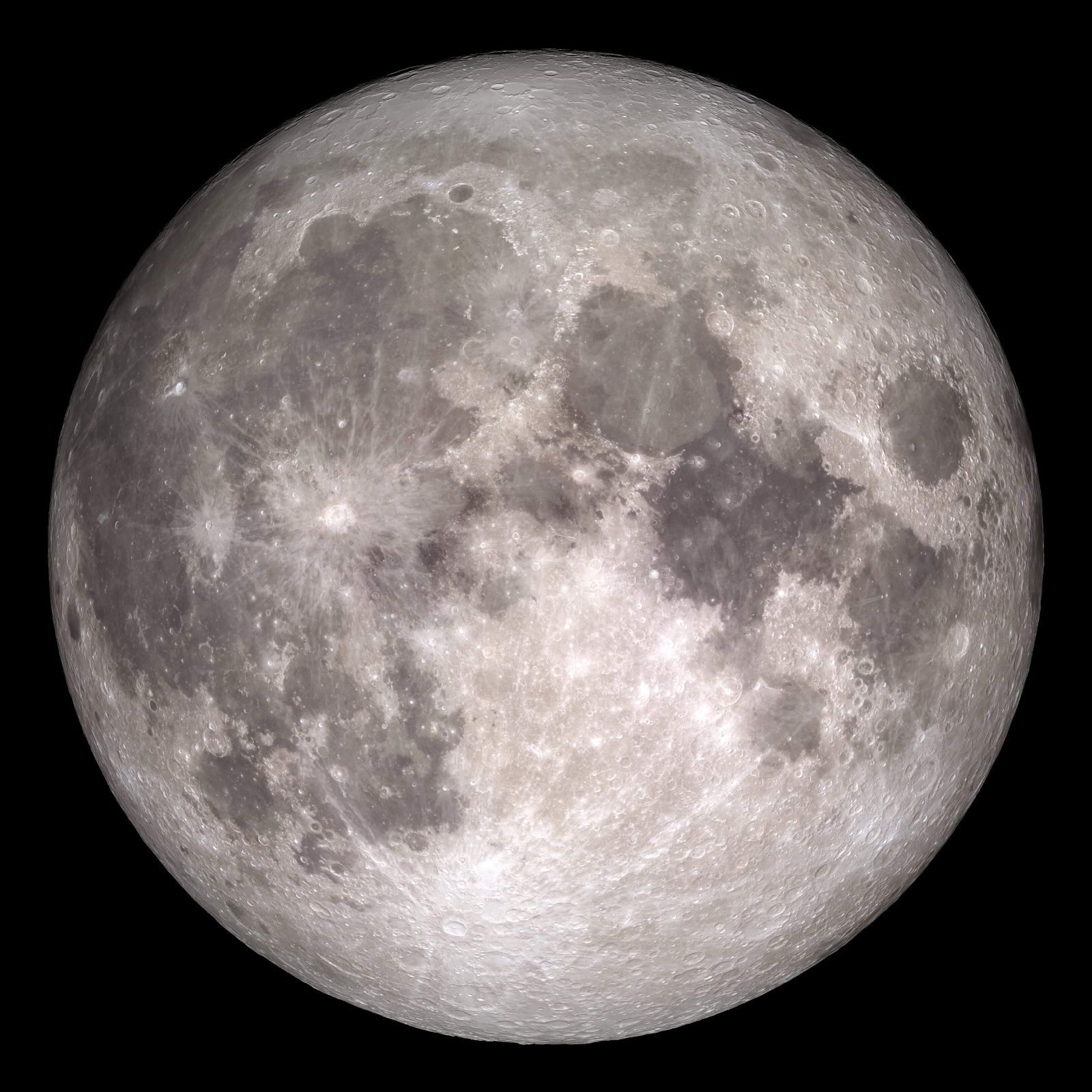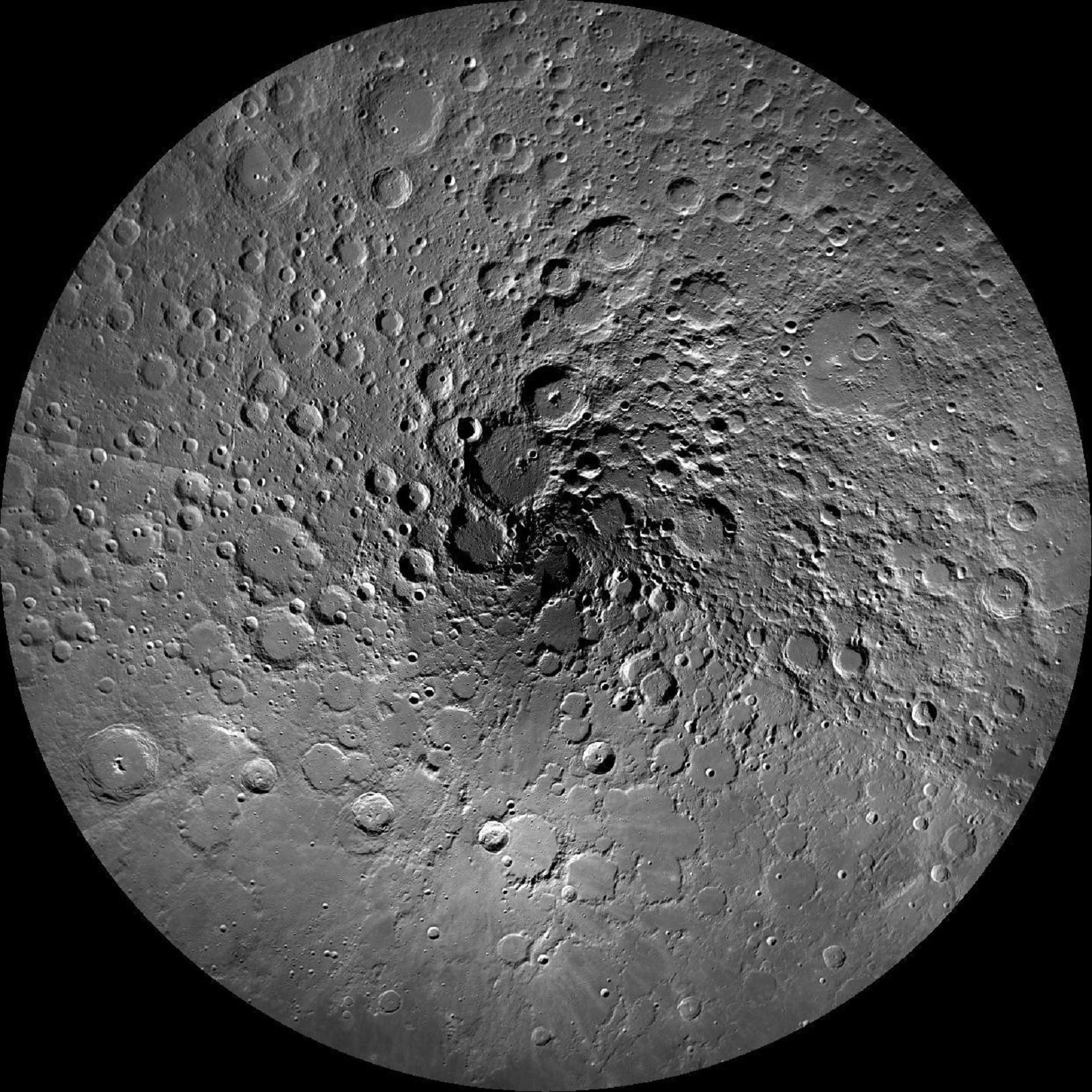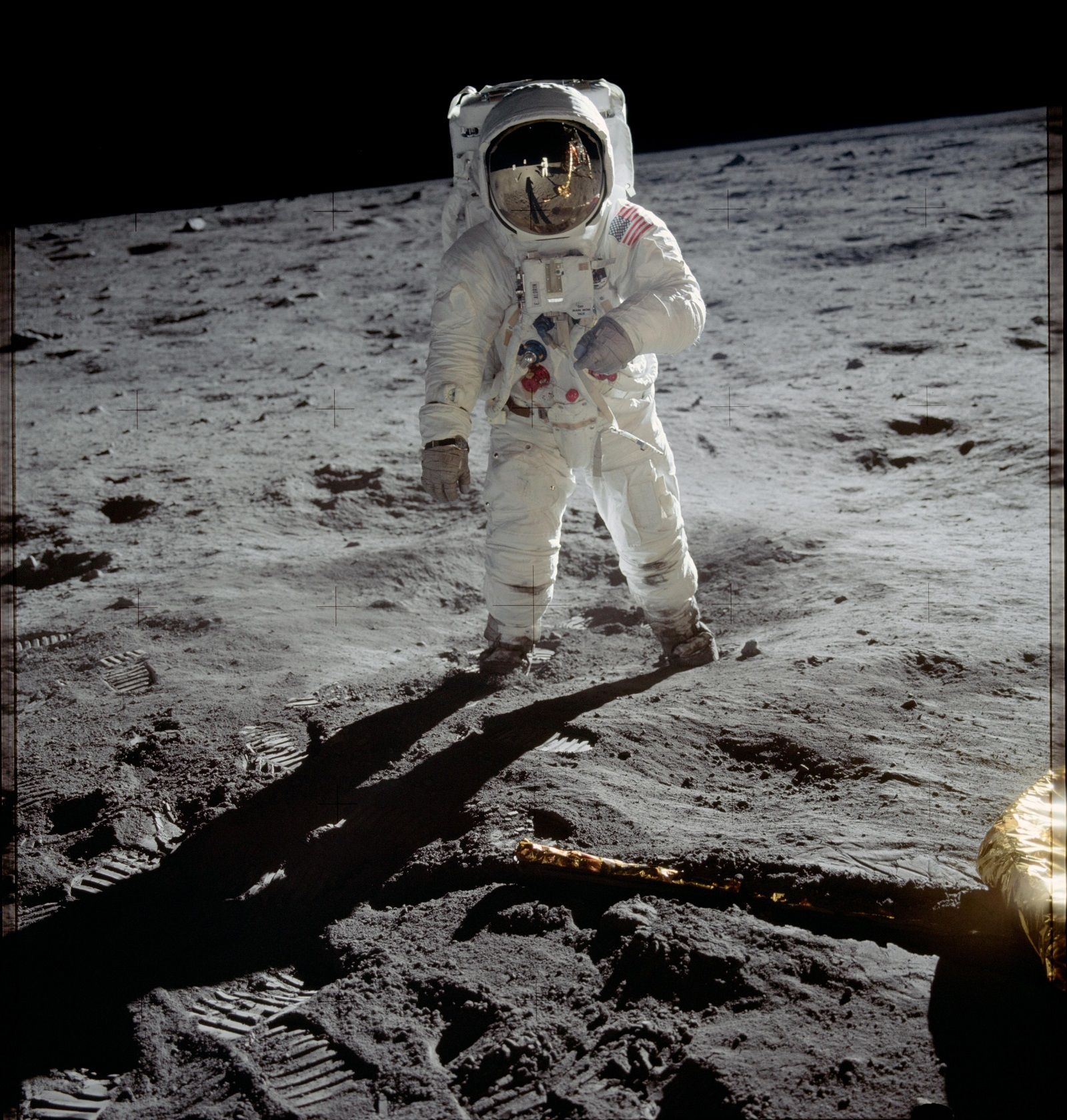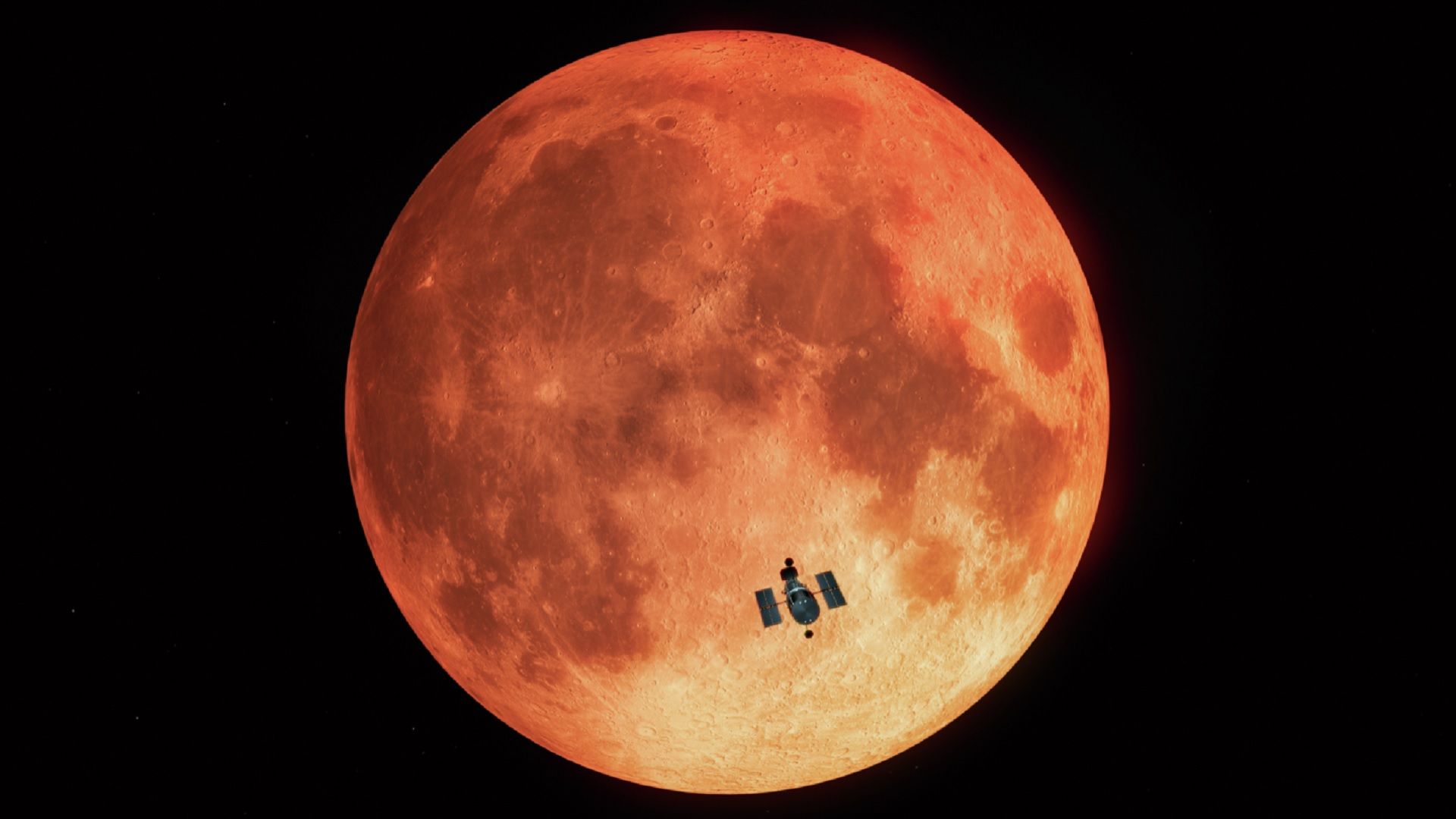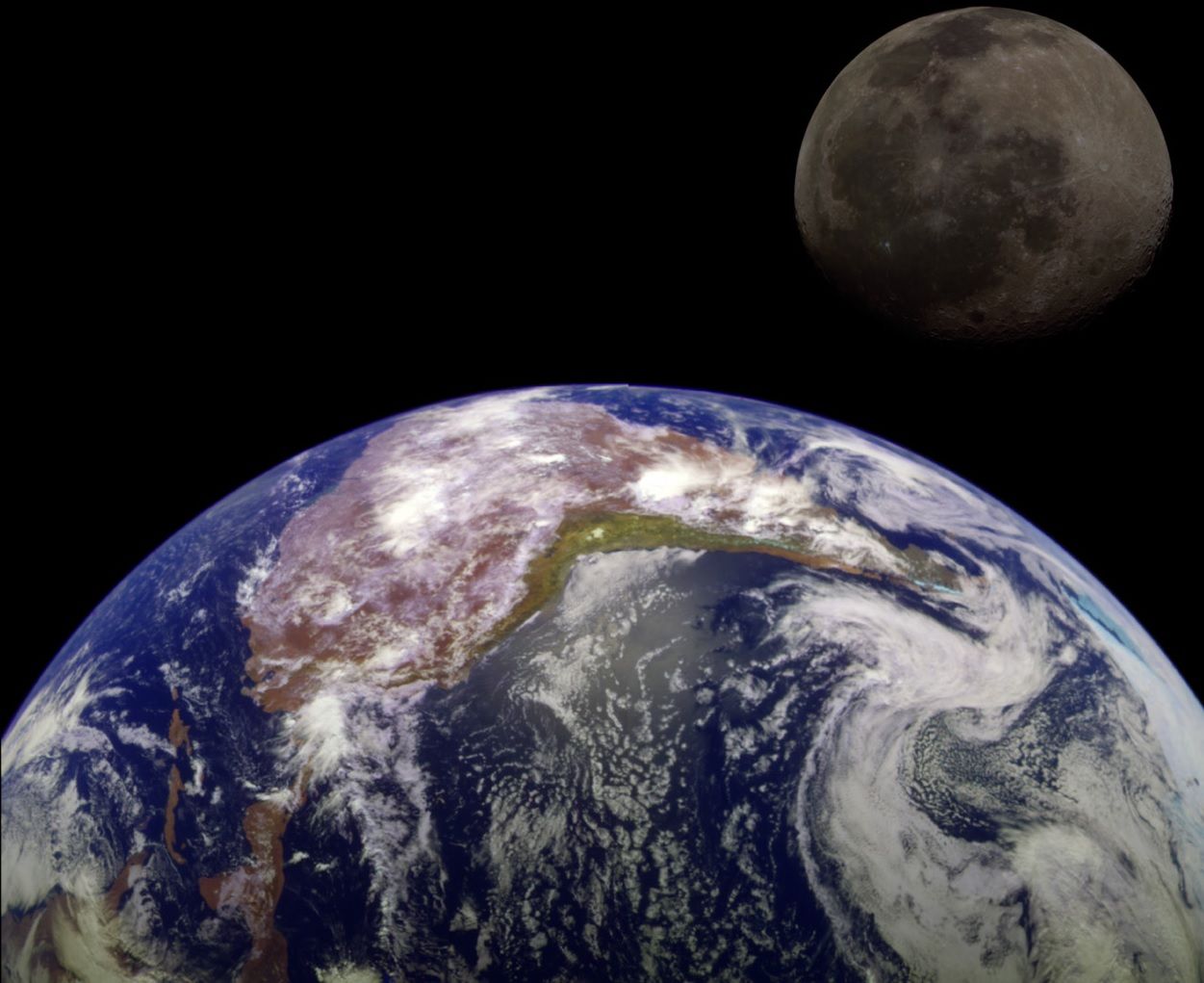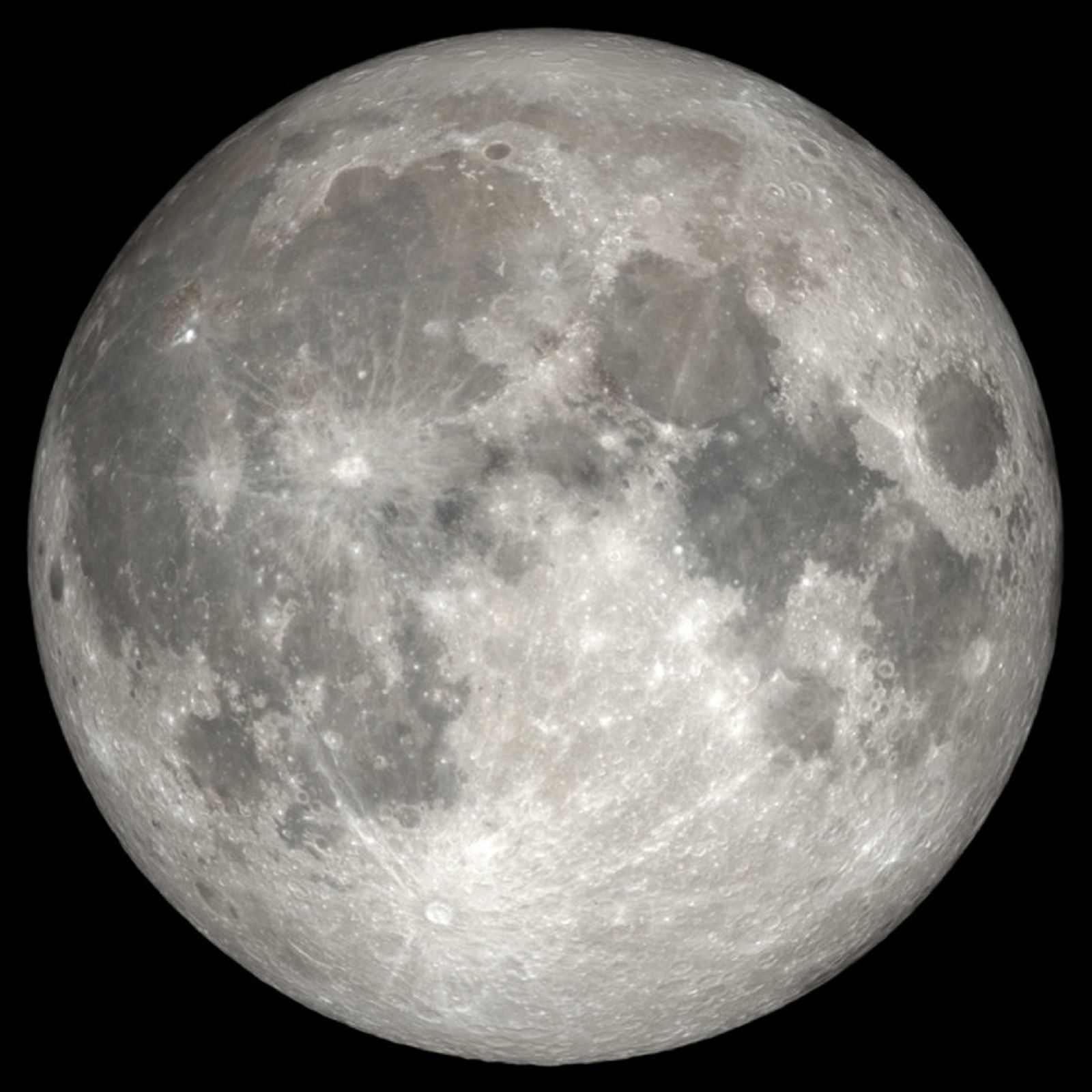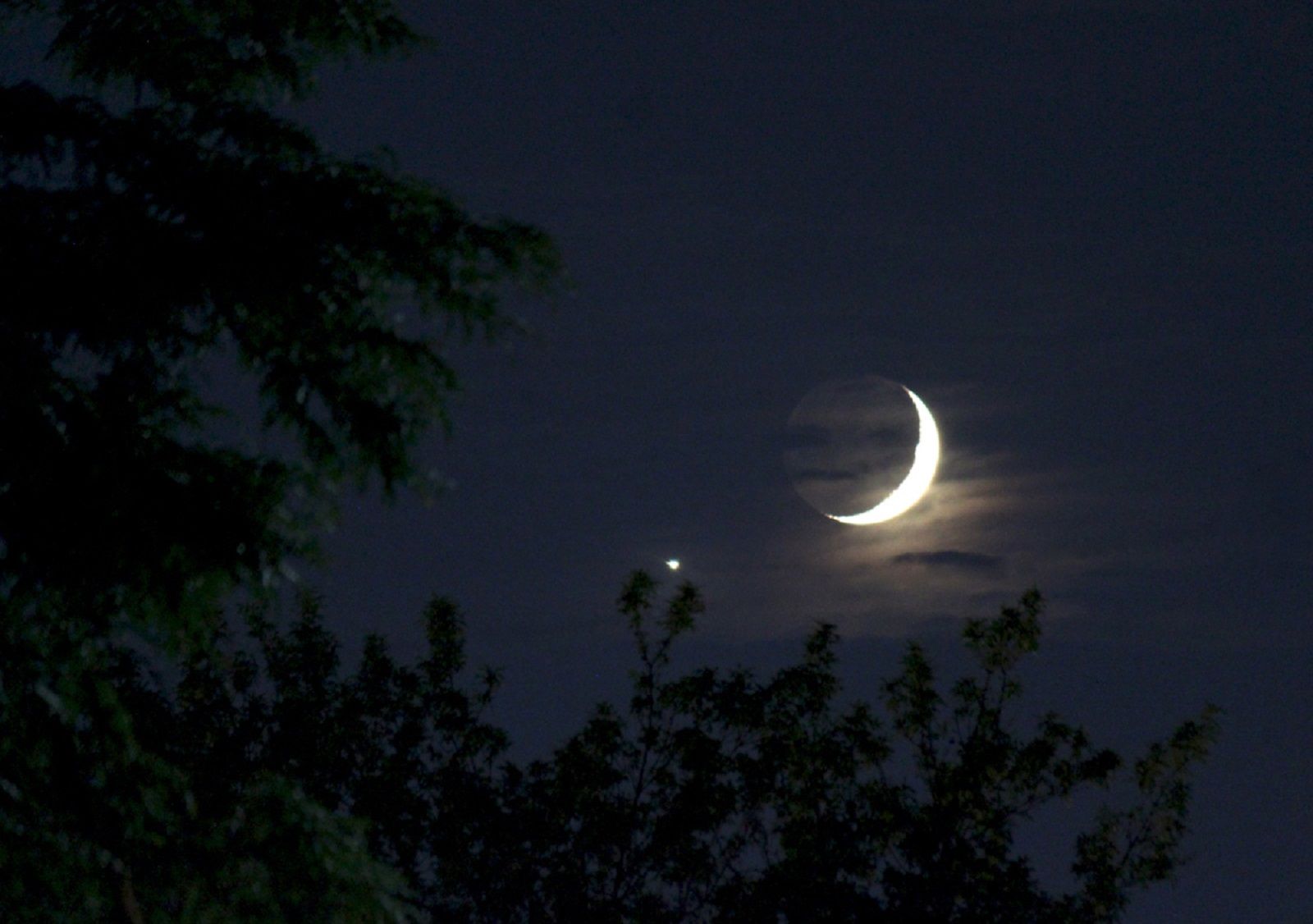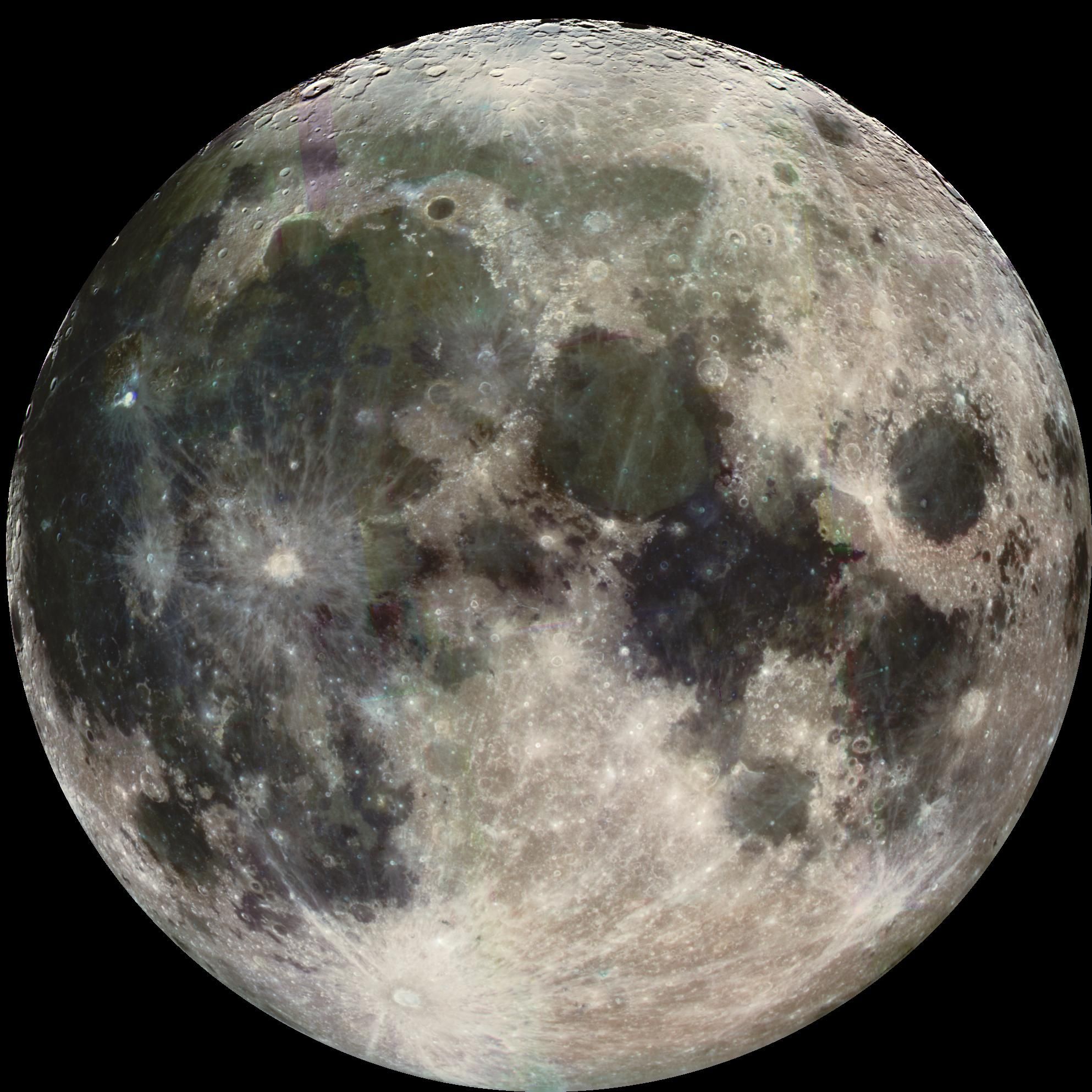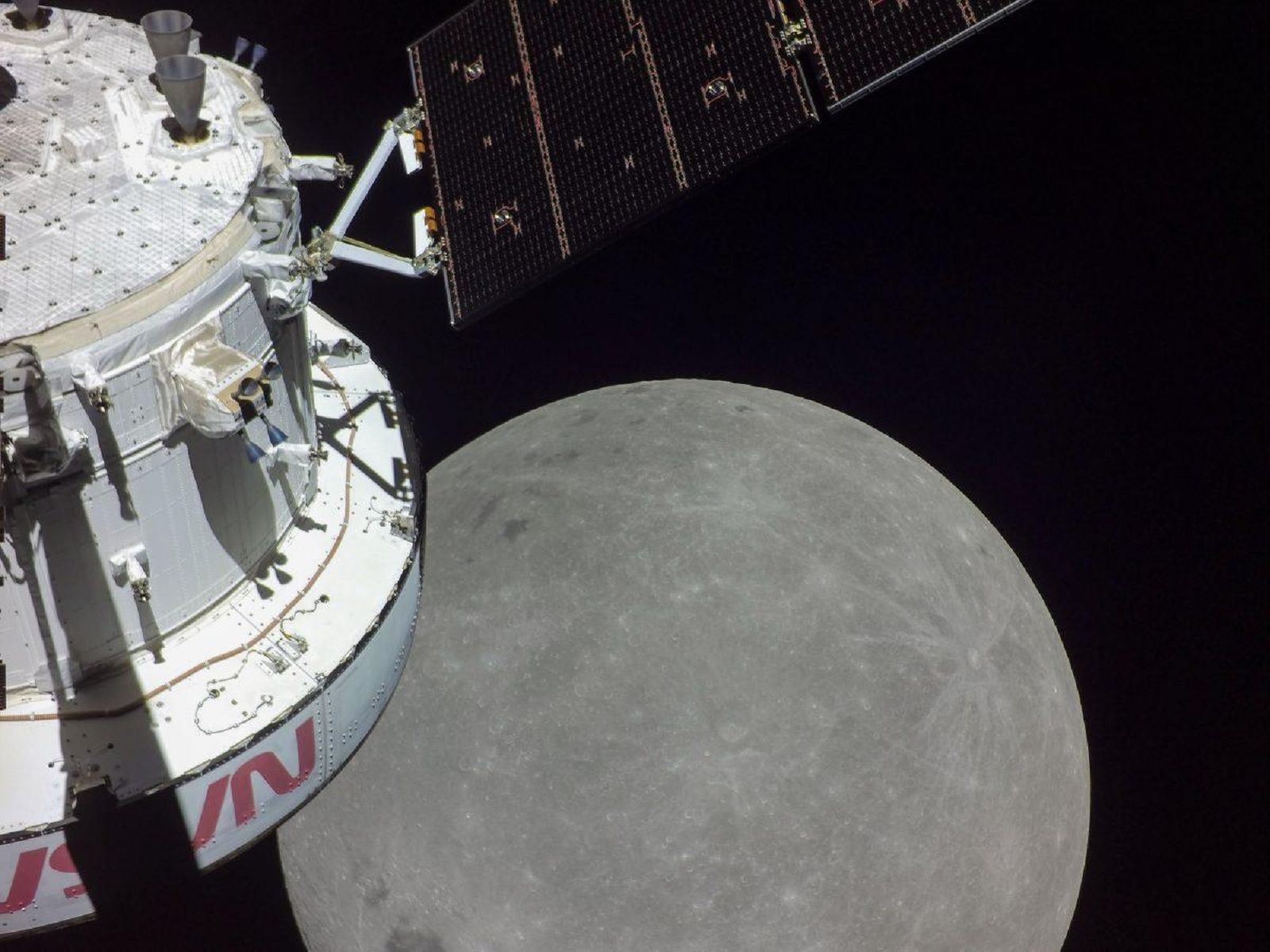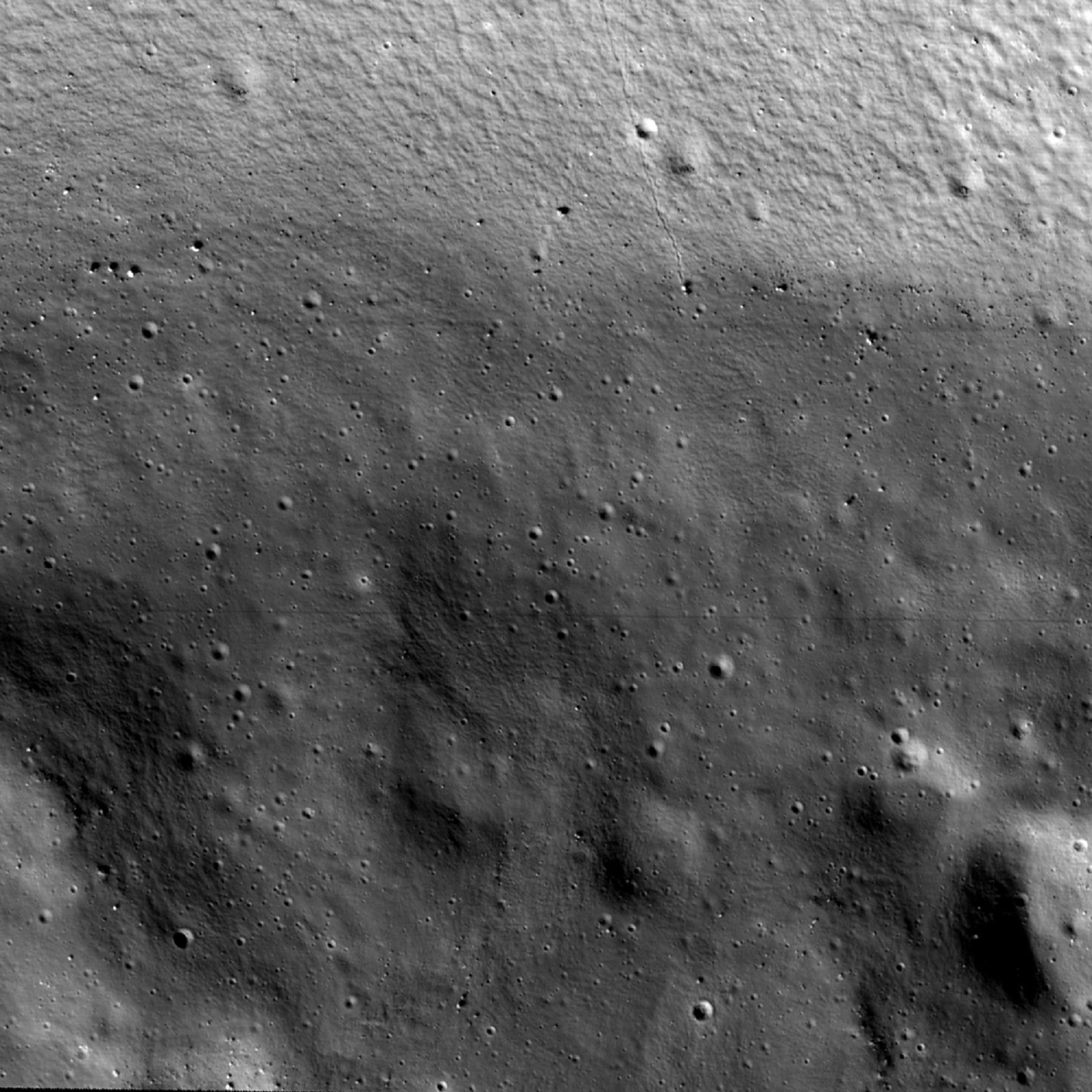NASA is currently on a mission to get back to the moon. So here are a selection of images of the moon in all its glory.
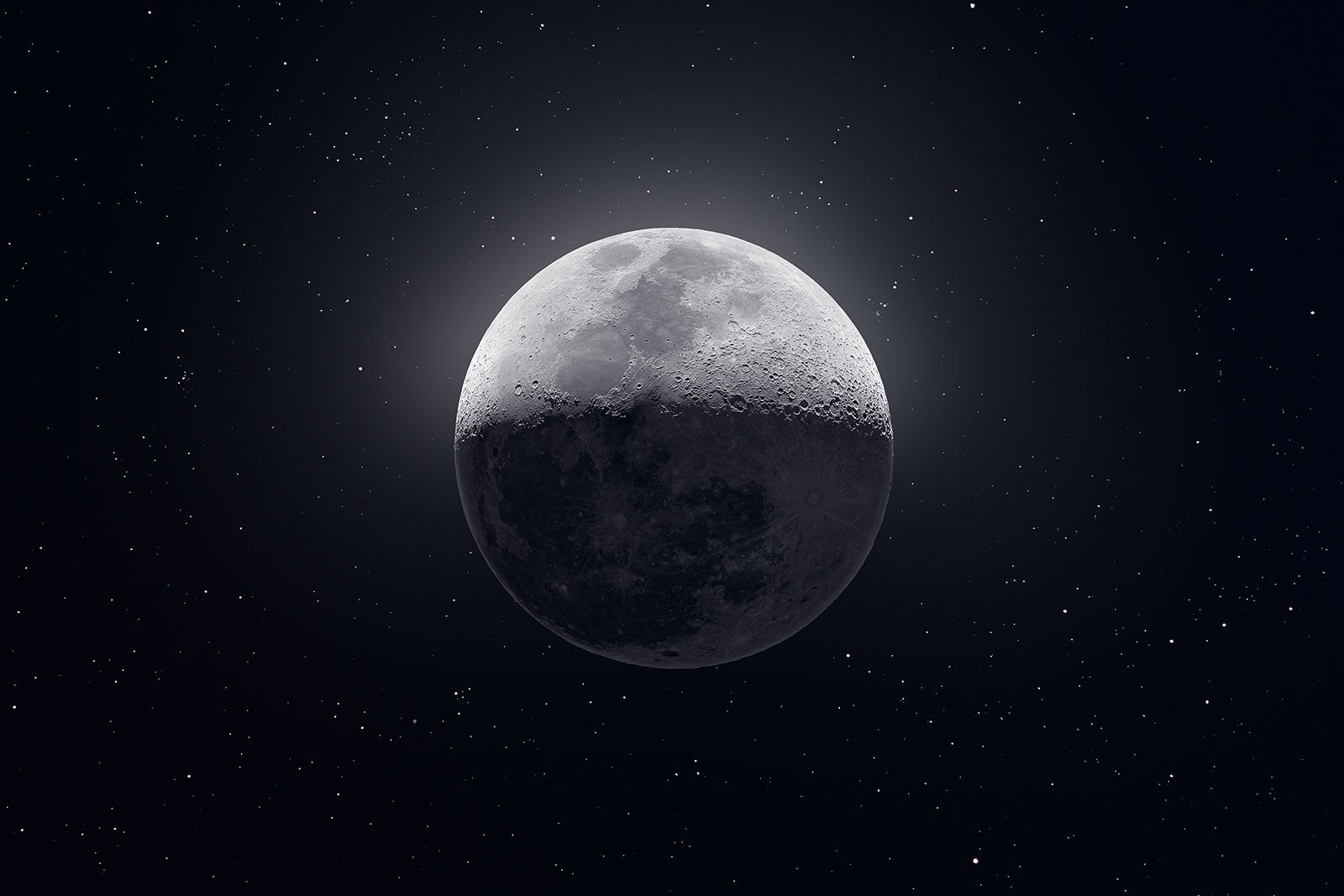
It’s now over 50 years since the human race went to the moon with the first moon landing by Apollo 11 happening on 20 July 1969. And with NASA’s ongoing plans to land on the moon again by 2025, we thought what better way to celebrate than with a collection of some of the best photos of the moon in all its glory for you to enjoy.
Enjoy the range of inspiring images of our moon in all shapes and sizes:
A waxing gibbous Moon
Captured from the International Space Station in April 2020, this shot shows a gibbous Moon. Not fully lit, but magnificently highlighted in the blackness of space.
Shuttle Discovery with the Moon
In 2009 this awesome photo of a nearly full Moon was snapped as a backdrop to the space shuttle Discovery. A perfect view of space travel at the Kennedy Space Center.
The view from Artemis I
The Artemis I mission sent the Orion module around the moon and in doing so the craft used its cameras to capture this photo. It also caught several others including shows of the dark side of the moon.
A waning gibbous Moon over the horizon
Another incredible image of the Moon taken from the vantage of the International Space Station shows it poking over our planet’s horizon just above the coast of Angola.
Here it appears tiny and insignificant, just no less fantastic.
Lunar beauty
This is a view of one of the impact craters on the moon captured by the Lunar Reconnaissance Orbiter Camera in 2018.
This crater is too small to see from Earth, but is one of many on the surface of the moon. It’s thought to be quite young in the grand scheme of things too. NASA has dated it at around 100 million years old based on the patterns of ejecta and surrounding rays.
Oddly beautiful considering the explosive damage that must have happened when the impact occurred.
Moon over Los Angeles
Dan Marker-Moore snapped a series of 11 images in just under 28 minutes that captured the moon rising above the city of Los Angeles, USA. These photos were then combined into this brilliant nighttime composite. A fantastic view over the urban landscape.
Mineral moon
This brilliant image by Andrew McCarthy (Cosmic_background) highlights the wonder of the moon and shows all the different asteroid impacts that have occurred on its surface. The spread of colour shows how far the debris is spread with each impact and the resulting painted view of history too.
It might look like some fairly fascinating planet way off in the depths of space, but this is still actually our moon. The image has been processed and had its colours highly enhanced in order to show variations in the lunar regolith – the layers of dust, soil, broken rock and other materials on the surface.
Luminosity comparison
With this image, Andrew McCarthy wanted to demonstrate just how different the moon and our planet are when seen in terms of their luminosity:
“The full moon is depicted as this bright, luminous thing, but it’s actually as dark as asphalt in the sun.”
Our home reflects a lot of the light from the sun thanks to the atmosphere and at night it looks even more magnificent. But there’s still no denying how awesome the moon can be either.
Supermoon over Manhattan
At the start of 2018, we were lucky enough to see the appearance of the supermoon. A larger-than-normal vision of the full moon comes about due to the close orbit to Earth during certain periods.
A distant view of the moon
This tiny view of the moon, seen on the distant horizon of Earth was taken by astronaut Karen Nyberg. It was taken from the International Space Station in 2013 and shows an unusual view that really demonstrates how far the moon is from Earth and how insignificant we all are in the grand scheme of things.
Total Lunar Eclipse
This brilliantly colourful view of the moon was taken from the deserts of Abu Dhabi in the United Arab Emirates. It shows a fantastically colourful total lunar eclipse that happened in July 2018.
Super Blue Blood Moon
This is another image of the moon, seen once again in its supermoon state. This is Super Blue Blood moon is unusual not just because of its close orbit to Earth, but also because it was the second time the moon had been full that month.
This particular photo shows the moon setting behind the National Capitol Columns in Washington D.C. and was snapped by Aubrey Gemignani in January 2018.
Photomosaic of Surveyor 7’s landing site
This image shows a photomosaic of Surveyor 7’s landing site near the Tycho crater. The photo itself isn’t that remarkable, until you know the history. Surveyor 7 was the seventh and final lunar lander sent to explore the moon.
This surveyor landed on the surface of the moon on 10 January 1968. It was damaged shortly afterward and stopped transmitting in February of that year. It did, however, manage to transmit a total of 21,091 before that happened.
Our home
In 1969, the crew of the Apollo 11 spacecraft managed to capture this impressive image showing our home planet rising over the moon’s horizon. This iconic view shows the dark greys of the moon’s surface and just how big, bold and blue Earth can be set in the backdrop of space.
An 81MP view
This incredibly bright and detailed view of the moon was actually formed from 50,000 photos using two different cameras to create an 81MP masterpiece. It’s one of the many awesome works of Andrew McCarthy and another fantastic view of the moon in its full glory.
A starry sky
There’s no denying the moon is stunning, but it’s easy to forget just how small it is as a part of the cosmos. This starry night view of the moon surrounded by billions of stars paints a wonderful view of space in all its magnificence.
A metal moon?
Data from the Lunar Reconnaissance Orbiter found evidence that there’s more iron and titanium on the Moon than previously thought.
This image was created using NASA’s Lunar Reconnaissance Orbiter spacecraft. The significance surrounding it though is perhaps more interesting than the image itself.
Researchers from a team using the Miniature Radio Frequency instruments of the Lunar Reconnaissance Orbiter discovered evidence hints at more metals, like iron and titanium than had previously been thought to exist on the surface of the moon.
Under the surface, it is now thought that there are a lot more minerals telling of an interesting history of our nearest neighbour.
A mosaic of the North Pole
A worn and weathered surface appears surrounding a pole that is almost permanently in shadow.
This image of the Moon was taken by the Lunar Reconnaissance Orbiter Camera and crafted using 983 images taken over a one-month period in 2011.
Buzz Aldrin on the Moon
Is there any other more iconic image than Astronaut Buzz Aldrin seen walking on the surface of the Moon?
Taken by fellow Astronaut, Neil Armstrong, the image shows a view of the Sea of Tranquility region of the moon that was explored during the Apollo 11 mission.
Hubble and the Lunar Eclipse
In 2019, during the Lunar Eclipse, the Hubble Space Telescope was trained on our moon so it could be used as a mirror to look at the ozone of our own atmosphere.
This observation can then be used to look for evidence of life on other planets by observing their biosignatures.
The Earth and the Moon
The Moon seems dull and lifeless compared to the swirling clouds and blue hue of the ocean on our planet’s surface.
This image is actually a combination of two images combined. Both were separately captured by the Galileo spacecraft in 1992 as it made its way towards the Jupiter system.
Strawberry Moon
Around June, the final full moon of summertime is seen and it has historically been known as the Strawberry Moon. The name doesn’t denote colour but instead just refers to the time of year when that full moon appears. Magnificent as it is.
Crescent and Venus
This image of a crescent Moon isn’t impressive just for what it is, but also for the incredibly bright view of Venus sitting close by.
Venus is the brightest object in the night sky after our own Moon. This is impressive when you consider that Venus is 38 million miles away from our home planet. While the Moon is 238,855 miles away. That’s quite a gap.
The bright Tycho impact basin
In 1992 NASA’s Galileo spacecraft took this magnificent image of the moon as it shot off to explore Jupiter.
It’s interesting because of the distinct brightly ray at the bottom of this photo which is the location of the Tycho impact basin.
The far side of the moon
During NASA’s unmanned mission back to the moon the Orion spacecraft captured a number of images including this photo of the far side of the moon.
This isn’t the first time we’ve seen the far side. The very first image was snapped back in 1959, but the quality sure has improved since then.
The dark side
This image of the moon was captured by ShadowCam, an instrument carried by the Korean Pathfinder Lunar Orbiter. This technology is being used to study areas of the moon that are permanently in shadow and usually difficult to photograph and observe.
The orbiter entered orbit in late December 2022 and it is expected to take a year to observe all the permanently shadowed regions of the moon and reveal new detail while doing so. That may well include showing the ice and frost that’s though to be on this side of the moon – something that could help future missions to the moon too.


